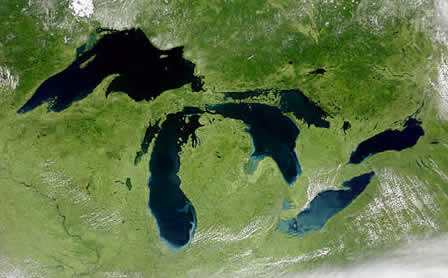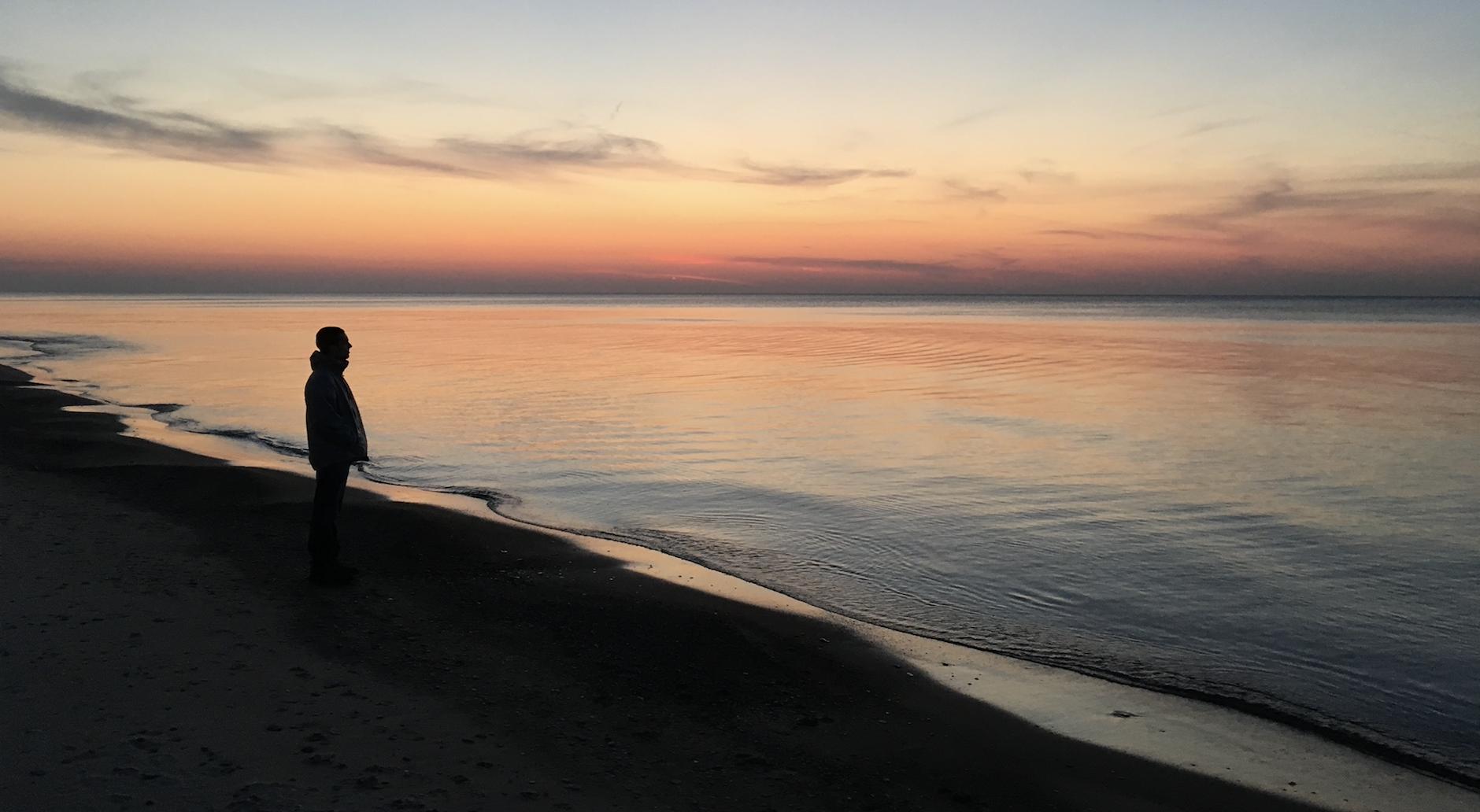
The Great Lakes hold 84 percent of the US supply of freshwater and 21 percent of the world’s supply. They provide 48 million people with clean drinking water and support 1.5 million jobs yearly as well as fuel over $50 billion annually in economic activity from recreation alone. The Great Lakes ecosystem also sustains many rare and delicate species, including the world's largest concentration of globally rare ram's-head lady's slipper orchids and the dwarf lake iris – which is only known to exist at the northern ends of Lake Michigan and Lake Huron. And these lakes are an intrinsic part of the culture and identity for millions of people in the region.
Our Great Lakes are a tremendously valuable resource, and Wisconsin is incredibly fortunate to border two of them. But these lakes are also vulnerable to threats, including toxins, pollution, algae blooms, invasive species, and more. That’s why it’s crucial that we strive to protect it from these dangers. This motivation propelled the Sierra Club to help pass state legislation to implement the Great Lakes Compact in 2008, which is a historic agreement passed by eight states and enacted by President Bush in 2008. The Compact protects water from the Great Lakes from being diverted out of its basin, requires water conservation, and sets consistent, ecosystem-based standards for assessing diversion requests. The DNR granted its first Great Lakes Compact request to the City of New Berlin in 2009 for this straddling community to divert up to 2.142 million gallons per day, with water returned to Lake Michigan basin via Milwaukee Metropolitan Sewerage District.
Volunteer with the Sierra Club to protect our Great Lakes! Call (608) 256-0565 or email Kathryn Hogan to join our Water Team!
